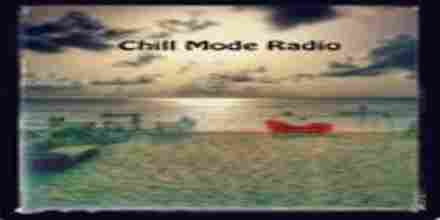Downtempo is a broad term used to describe a range of electronic music genres that are typically characterized by slower tempos, often ranging from 60 to 100 beats per minute (BPM). This genre emerged in the late 1980s and early 1990s as an offshoot of various electronic music styles, including ambient, trip-hop, and chill-out. Downtempo music is designed to create a relaxed, introspective atmosphere, making it ideal for background listening, meditation, or unwinding after a long day.
One of the defining features of downtempo is its emphasis on atmosphere and texture over rhythm. Producers often incorporate elements from various musical traditions, including world music, jazz, and classical, to create rich, layered soundscapes. The use of synthesizers, samplers, and effects processors allows for a wide range of sonic possibilities, from ethereal pads and drones to intricate melodies and rhythmic patterns.
Downtempo subgenres include ambient house, which blends the smooth rhythms of house music with the atmospheric textures of ambient; trip-hop, which combines hip-hop beats with downtempo tempos and often includes vocal samples; and chill-out, a more relaxed and melodic style that focuses on creating a sense of tranquility. Other notable styles within the downtempo spectrum include glitch hop, which incorporates glitchy electronic sounds and stuttering rhythms, and nu-jazz, which fuses elements of jazz with downtempo electronics.
Artists and producers associated with downtempo often place a strong emphasis on craftsmanship and attention to detail. Tracks are meticulously arranged to build and release tension over extended periods, creating a sense of journey or narrative within the music. This approach can result in tracks that span several minutes, allowing listeners to fully immerse themselves in the sonic environment.
The influence of downtempo can be heard across various genres and media. It has been used extensively in film soundtracks, video games, and advertising to create a sense of mood or atmosphere. Additionally, many DJs incorporate downtempo tracks into their sets to provide a contrast to higher-energy styles, helping to maintain a balanced and engaging listening experience.
In recent years, the popularity of downtempo music has grown significantly, thanks in part to the rise of streaming services and online communities dedicated to electronic music. Producers from around the world contribute to the genre's evolution, experimenting with new sounds and techniques while paying homage to its roots. As a result, downtempo continues to be a vibrant and dynamic field, offering listeners a wealth of sonic experiences that cater to a wide range of tastes and moods.
In summary, downtempo is a versatile and evocative genre that combines elements from various musical traditions to create rich, atmospheric soundscapes. Its emphasis on relaxation, introspection, and craftsmanship makes it a favorite among listeners seeking a calming and immersive auditory experience. Whether enjoyed in a club setting or as background music for daily activities, downtempo offers a unique and captivating journey into the world of electronic music.
 561
561
 1
United States Downtempo 128 kbps MP3
1
United States Downtempo 128 kbps MP3 404
United States, Orlando Downtempo 192 kbps MP3
404
United States, Orlando Downtempo 192 kbps MP3



